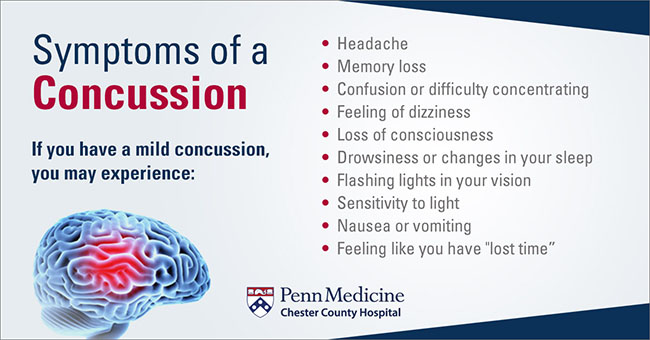
As you're getting ready for this year's Super Bowl, you may be stocking up on mini hotdogs, inviting your friends over to watch the game, and making sure your team jersey is ready to go. While you do that, professional football players are busy practicing, running plays — and making sure their equipment is safe.
From the tops of their heads to the bottoms of their cleats, football players need a range of safety equipment to protect themselves during the game. You may be very familiar with one piece of football gear, but you might not realize how much it has changed in the last 100 years: the helmet.
Improvements in Football Helmets Over the Years
Over the years, better football helmets have made the game and the players safer. You may be surprised to know how many times the football helmet has been improved — or that they weren't even mandatory in the NFL until 1943.
What you know of as a football helmet now, didn’t always look like that. In the early 1900s, players wore helmets made out of soft leather, the same material shoes were often made out of. Like you might guess, these helmets did not offer the players much protection.
Football helmets have come a long way since these first leather helmets, going from leather to plastic, and changing from being open-faced to having face bars and masks. It wasn’t until the 1960s and 70s that helmets started having foam padding in them.
Today, football helmets are made out of multiple layers that protect the player from head injuries like a concussion. Football helmets typically have a layer of leather closest to the skin, which is then covered with foam, then aluminum, and finally an outside shell of polycarbonate.
While the helmets football players wear today are vastly different from the ones players wore when football started taking off, there is still a long way to go — and companies are continuing to make them even safer.
Helmets are becoming even more customizable, and, with 3D printing, they are being designed for individual players. Leading football helmet makers Riddell and Carbon have since announced their collaboration in producing 3D-printed football helmet liners.
These helmet liners are custom-built for a specific player. They use measurements of a player's head shape and size when it's being made, allowing the helmet to better absorb force from a blow upon impact.
How Better Helmets Protect Players
Football is a sport that involves a lot of contact, which can lead to a lot of injuries. The improvement to football helmets over the years has aimed to address the number of concussions that occur during games and practices.
In 2021, there were 187 concussions in the NFL during preseason and regular season games and practices. (The number of concussions has gone down over the years, but there are also fewer games and practices than there used to be.)
Concussions are serious injuries that can produce long-term health effects. A fall, sports injury, car accident, assault, or other direct injuries to the skull can cause a concussion. But concussions don’t only happen to professional athletes — they can occur to any individual playing tackle football, along with other sports.

"Concussions are injuries that many people consider to be just another part of the football experience, but they’re not to be ignored," says Jennifer Del Rossi, MPT, Concussion Specialist at Chester County Hospital. "If you or someone you know has experienced a fall or blow to the head, it's better to be on the safe side, and see a provider immediately. Concussions that go untreated — as well as repeat head injuries — can lead to lasting brain damage or immediate health issues."
Concussion Recovery at Chester County Hospital
Concussions can take days, weeks, or even months to heal, depending on the kind of injury you've had and the symptoms you experience. There are different levels of concussions, and some are more serious and severe. That’s one of the reasons it is important to get medical attention if you have experienced a head injury. Whether you have fallen, gotten into a car accident, or taken a hard hit while playing a sport, get expert help right away.
Your Chester County Hospital provider can test you for a concussion and monitor your progress over time — and decide if you need more support to help you recover, like referring you to post-concussion therapy if needed.
The concussion therapists at the Fern Hill Medical Campus will develop an individualized plan that will include the establishment of a treatment program with home activities. Concussions can be scary, but proper care can help you recover safely.
Whether you're enjoying a football game from the comfort of your own home or sitting on the bleachers cheering for your child, you know how far helmets have come and how they work to keep your favorite players safe.